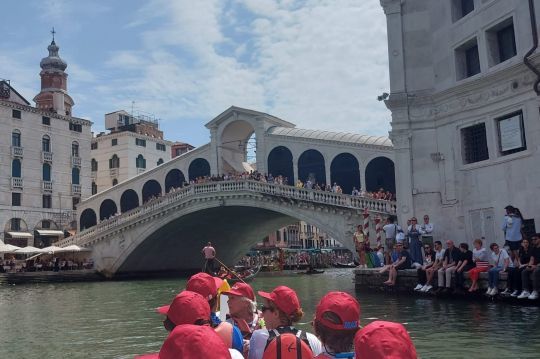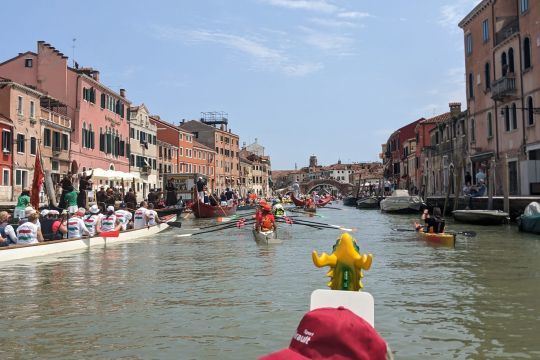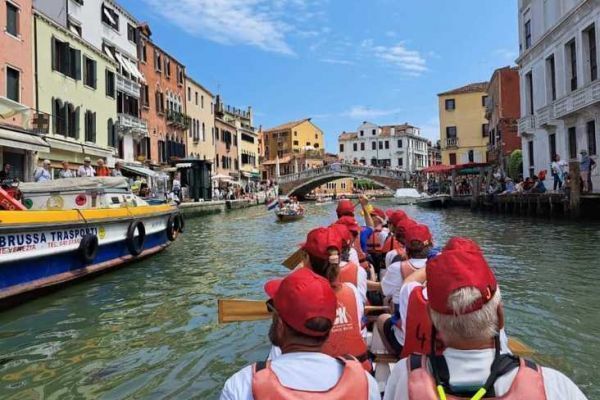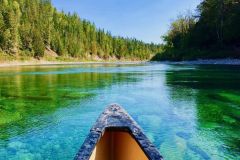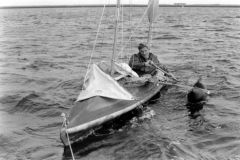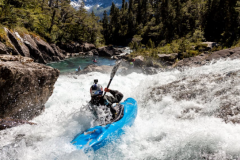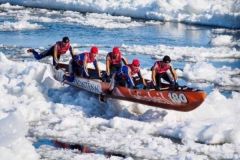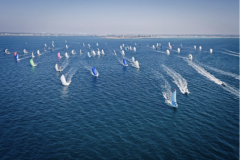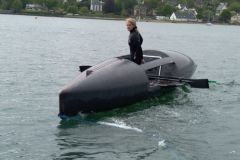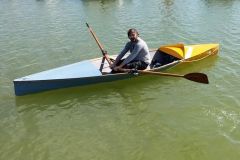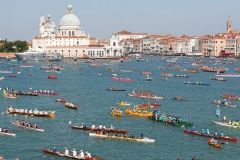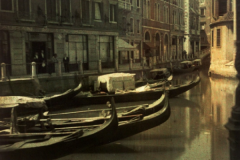A joint project to discover Venice by paddle
Roselyne paddles regularly at her club in Gignac, near Montpellier. It was with the association that she travelled to Venice for the Vogalonga 2023, a grand tour through the waters of the Serenissima. She explains: "During the year, I paddle with a group of seniors and women with breast cancer. One of the supervisors had already done the Vogalonga in a sea kayak and suggested we set up a project to do it in a dragon boat. So we set up a group specifically for this, with a crew of 12, aged from 17 to 77!"
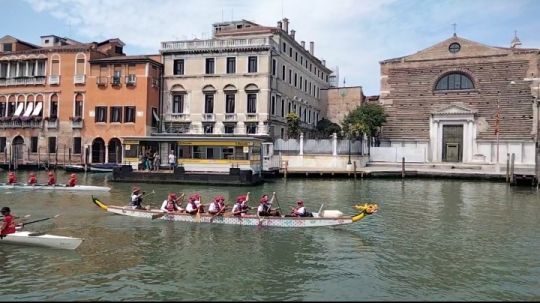
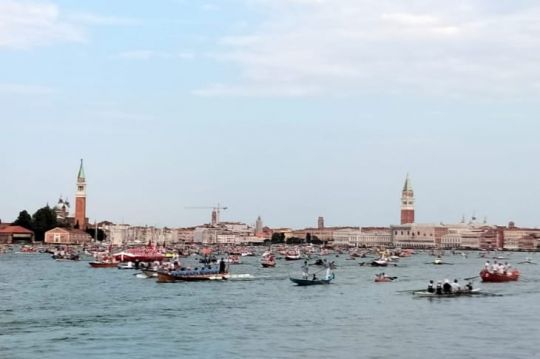
Protecting the Venetian lagoon from motorboats
The Vogalonga was born in 1975 in the minds of a few Venetian friends. Even then, the development of motorboats and their wakes were jeopardizing Venice's way of life and heritage. As a sign of protest, on May 8 1975 they launched a gathering of rowing boats, parading along the waterfront. The first edition of the Vogalonga already attracted 500 boats and 1,500 participants. Since then, the numbers have grown steadily, while the effects of motorboats have become increasingly apparent. Roselyne confirms: "There were over 2,000 boats and 7,000 participants. For the entire duration of the race, there are no motorboats or vaporettos in the lagoon, on the 32-kilometer course. Sailing boats aren't allowed either, so we have to make headway by human power."
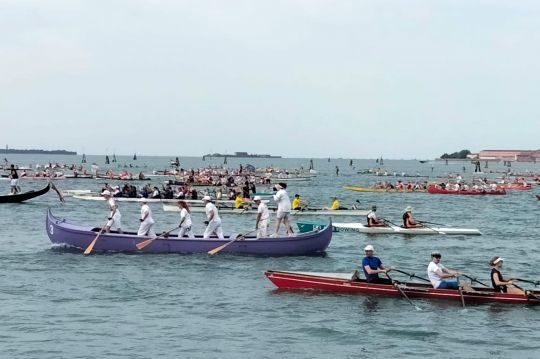
Boats of all kinds
For her participation, Roselyne and her club came with their dragon boat. These long, narrow boats, originally from China, usually accommodate around twenty rowers and measure 12 metres long and 1.2 metres wide. Racing boats for centuries, they have spread all over the world since the end of the 20th century, with a few variations now available. Slightly smaller, the Gignac club's boat welcomed 10 rowers, a coxswain and a crew member in charge of setting the pace. The oarswoman explains: "We usually have a drum, but to simplify things, we made do with chopsticks. There were other dragon boats with their drums on the water, which added to the festive atmosphere, along with costumed people and all sorts of boats. Beautiful gondolas, pirogues, wooden canoes, lots of sea kayaks, oars and a few paddles. People talked from boat to boat as they passed each other."
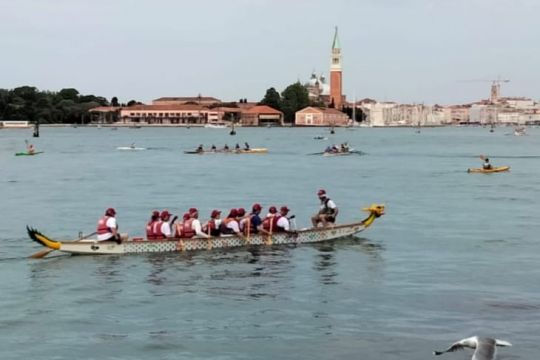
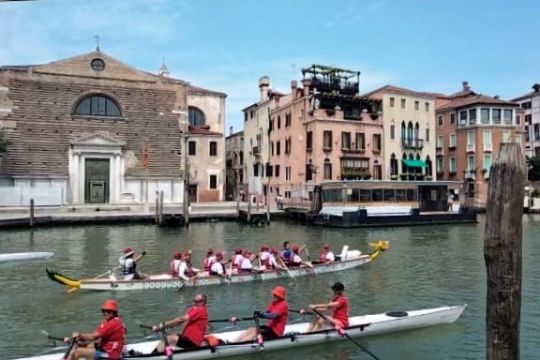
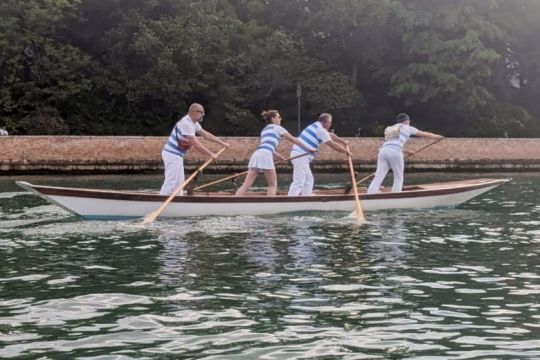
The beauty of a slow trip down the Grand Canal
In conclusion, Roselyne remembers the human adventure and the beauty of the place: "The crew didn't know each other that well, and the Vogalonga helped create a group. The route leaves Venice for Burano and Murano, before returning down the Grand Canal. Going down the Grand Canal, very slowly with the public and without the motorboats, with time to admire the palace facades, is a very impressive experience. The weather was ideal. The few difficulties in the lagoon were the sandbanks and managing the boats around them, especially the very wide oars. In the end, the hardest part was getting back to our campsite on the Lido, when the motorboats were back and the dragon boat isn't made for waves. In any case, the Vogalonga is something to do at least once in your life!"
